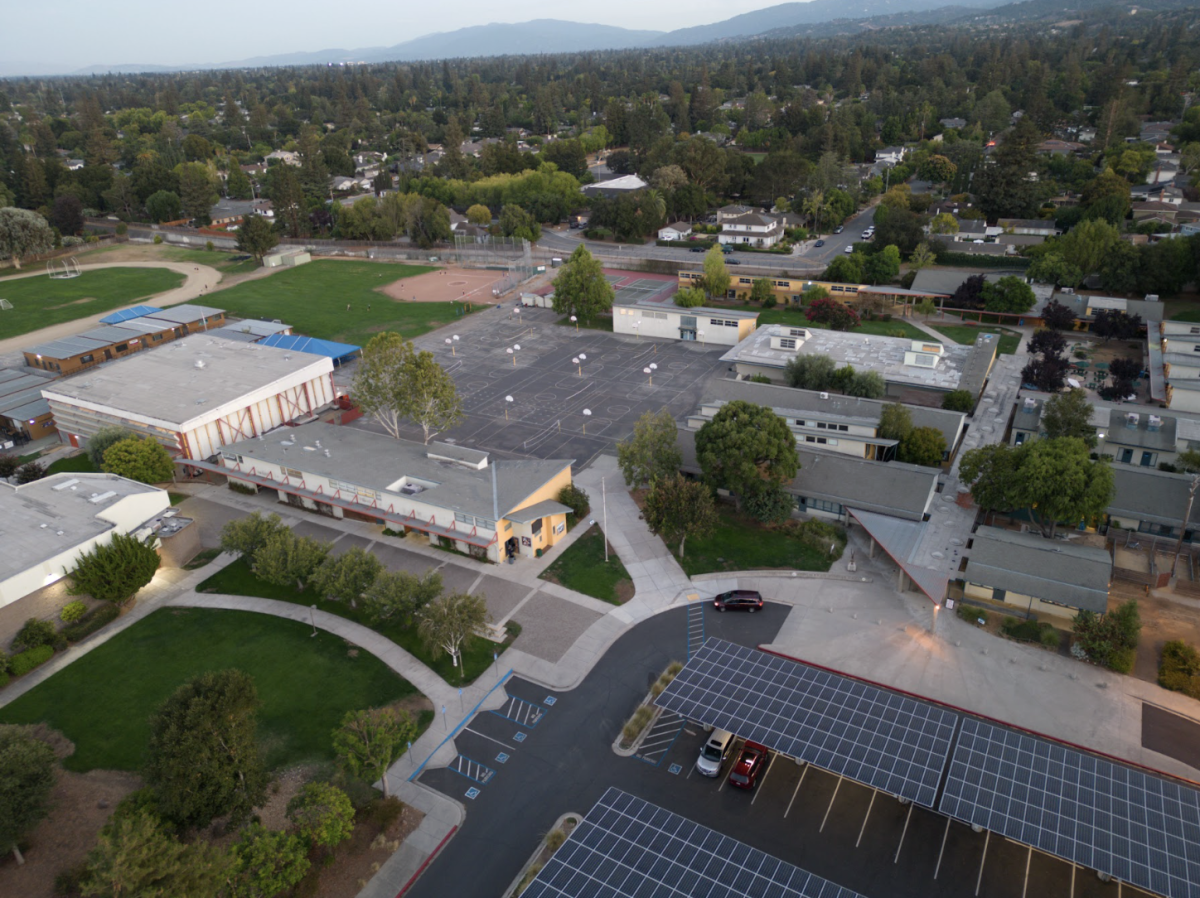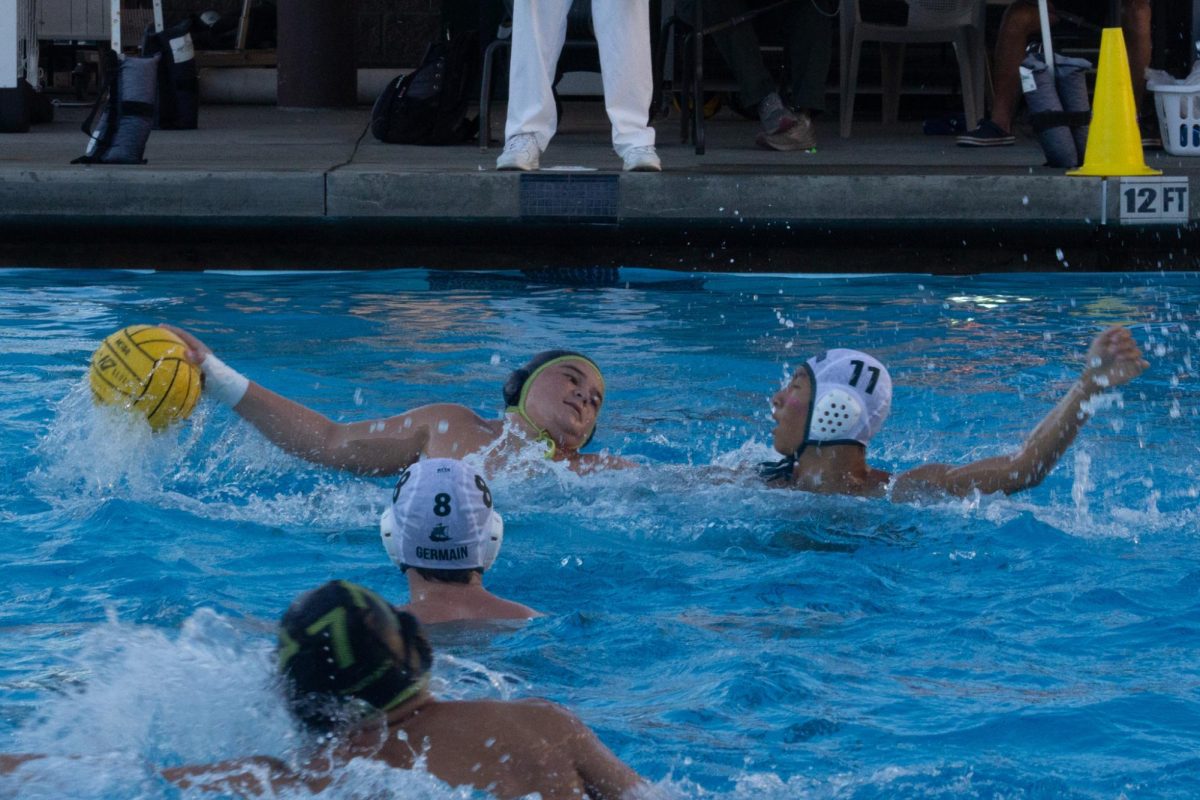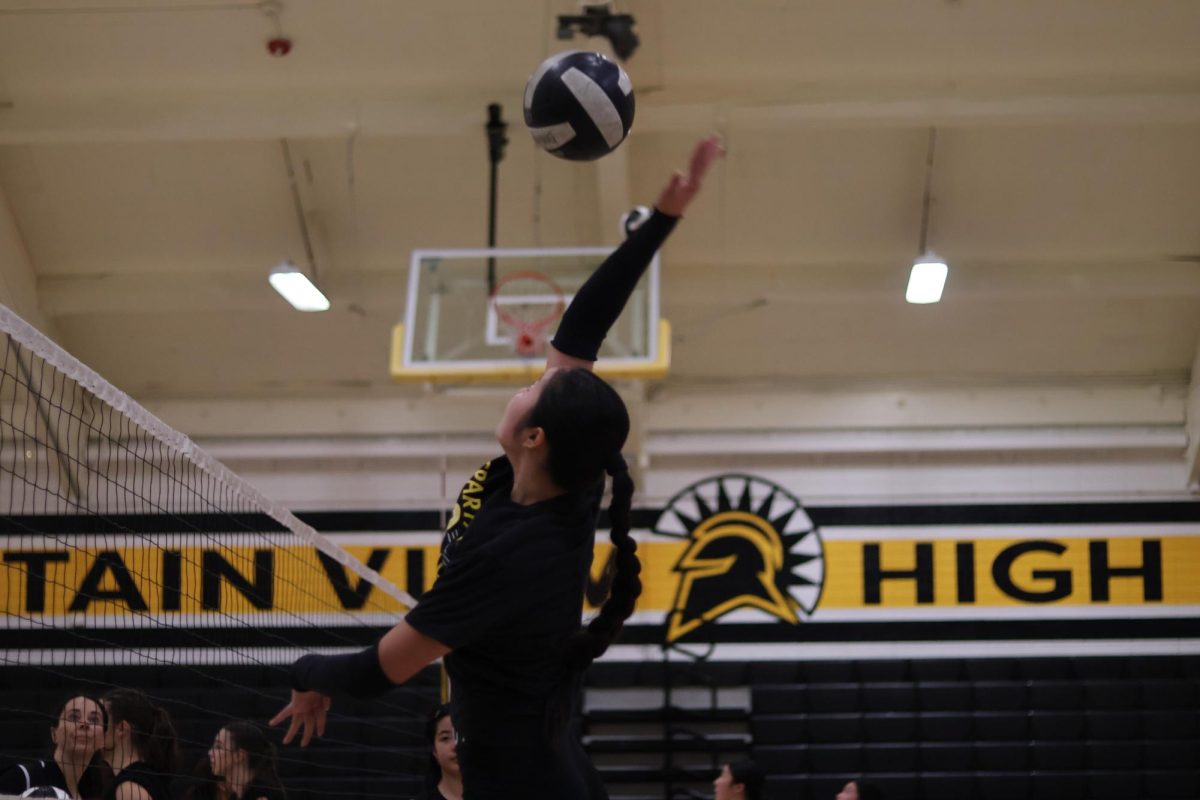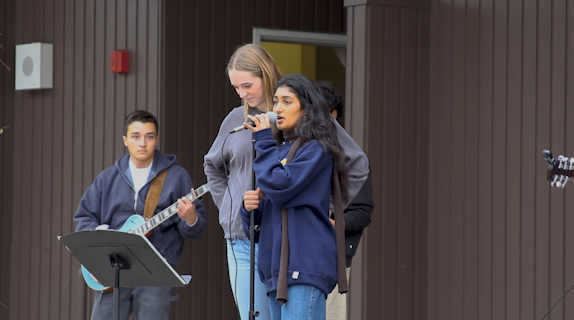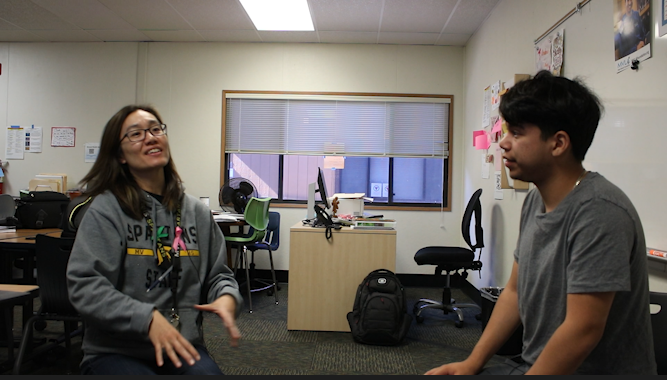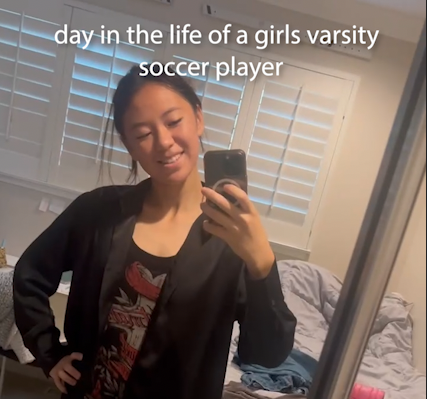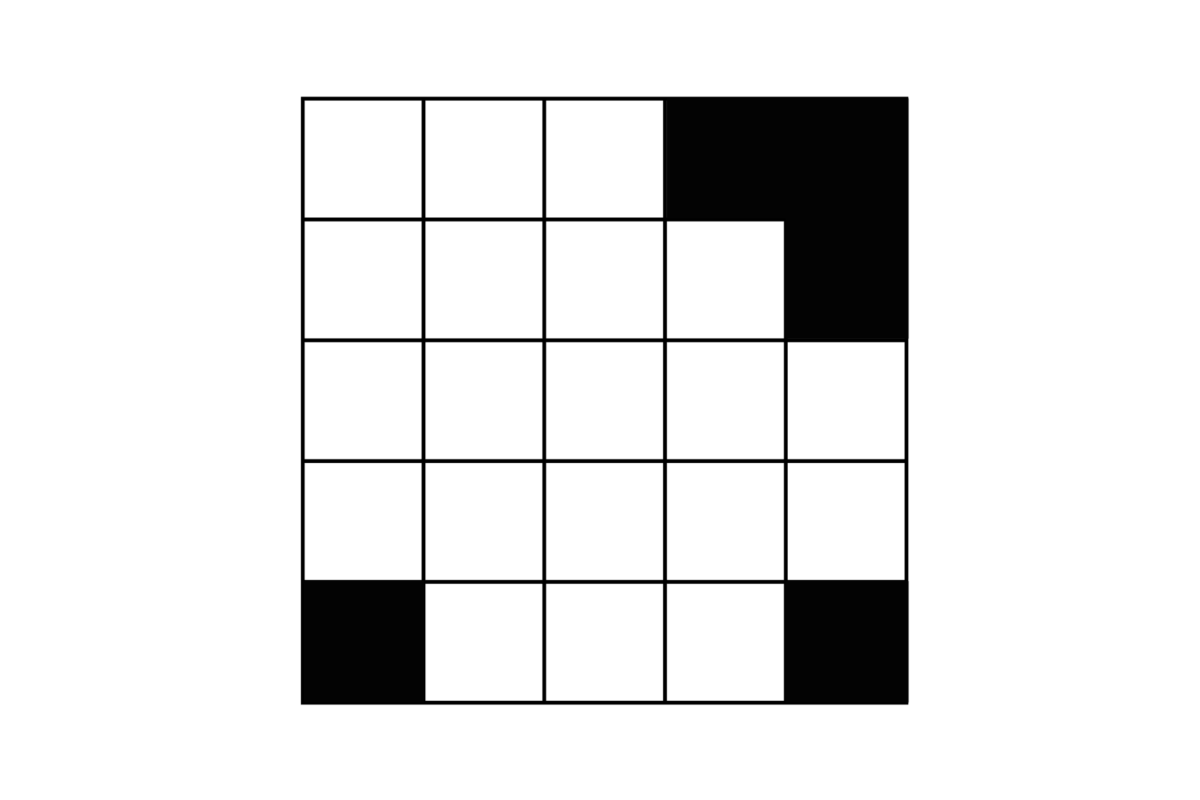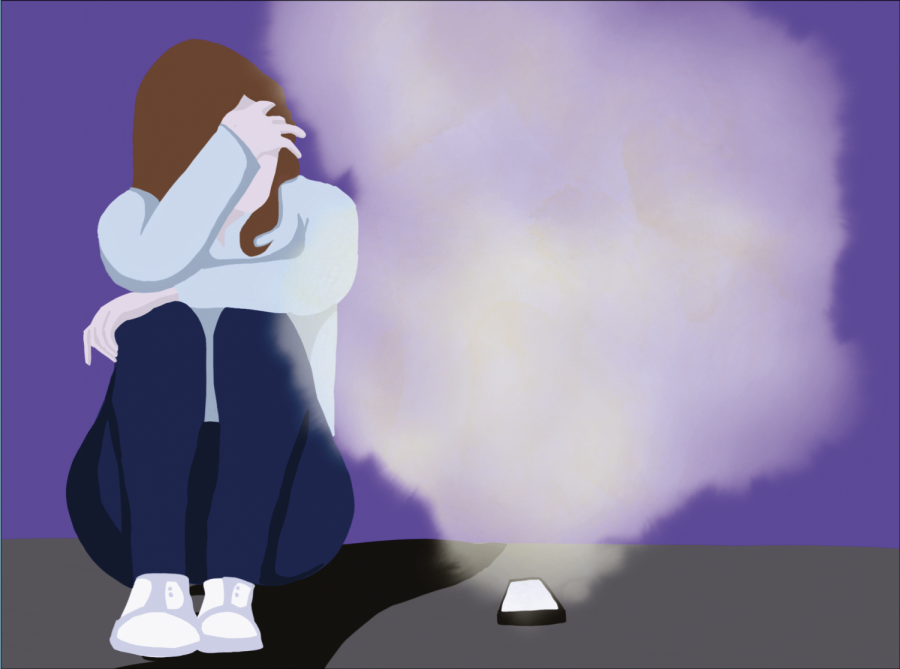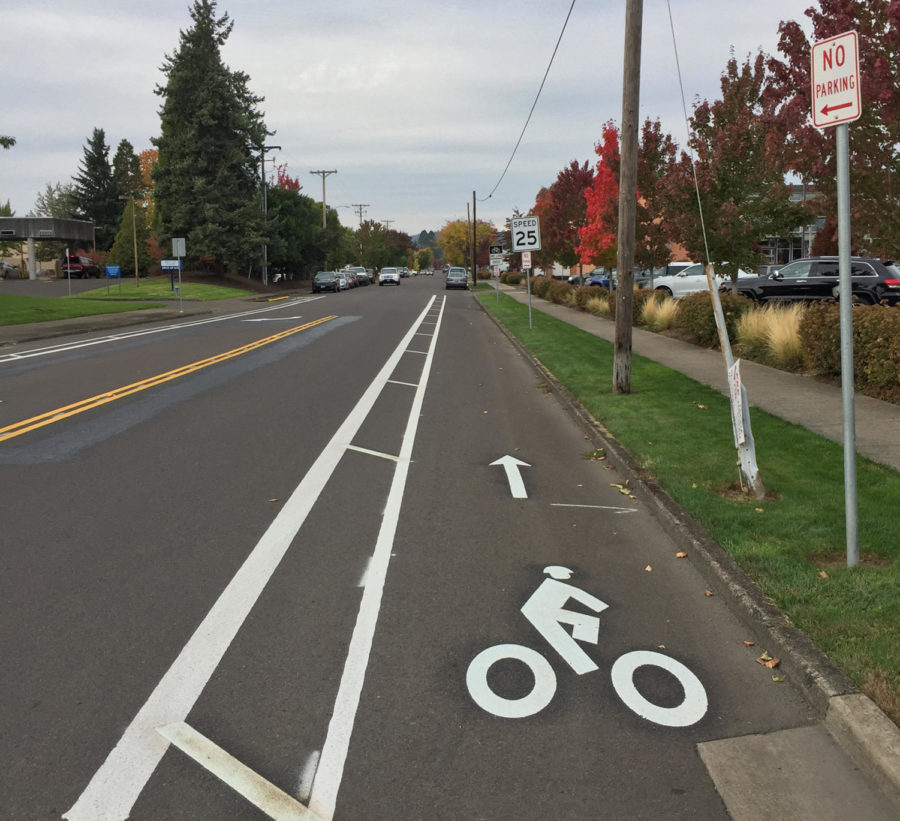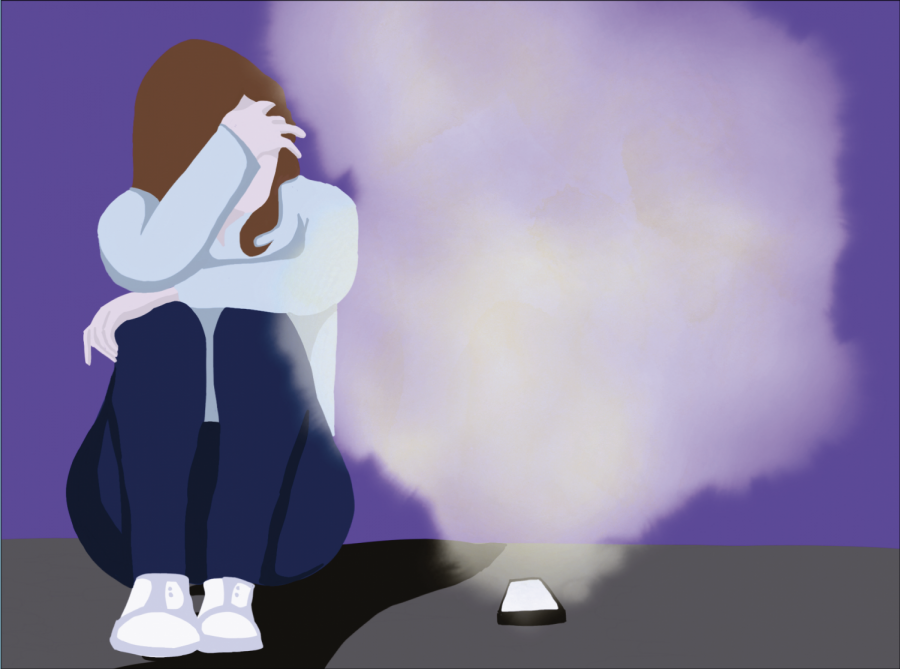
In the digital media unit of art class in seventh grade, I was shown a documentary about body image. It showed countless photoshopped images of models, but instead of putting out the message that models were the standard of beauty girls should aim for, it pointed out the nonrealistic parts. I began to see how distorted most media was.
In my first year at my all-girls middle school, I got my first computer. In my second year, I got my first phone. I had finally caught up with my classmates, some of whom had theirs’ since fourth grade. These were milestones for me because I suddenly had access to a world of endless information. Fortunately for me, I was being taught how to analyze media.
I began to see through the surface. Instead of seeing a tall, skinny, tan woman, I saw unnaturally large eyes, an unnaturally small waist, and unnaturally small ankles. When I thought of women, I did not think of the well-known models and actresses who went on diets and got spray tans, I began to think of the women I knew personally. My mother, my art teacher, my sister, my classmates, my neighbor, the women I saw working in grocery stores or at the bike shop. I soon had realistic expectations, and my mind set was much more healthy.
We need to start questioning the things we are taking in. Why are all the people here white? Where are the women? Why is this person the protagonist? Is that realistic? Are these people an accurate representation of reality?
People tend not to think about how many different outlets they have access to, and how they may affect their social and emotional learning. A CNN article explored how society is exposed to more and more images of unattainable beauty through social media. Before social media, people would see images of perfect celebrities on billboards, TV, magazines, etc. They would see them, but not sit around staring at them for hours every day.
This article, discussing how social media affects body image, continued on and said, “And it’s not just the exposure to these images that is damaging. It’s our interaction with them—the pressure to have the perfect profile pics, the comparisons we make, and the dangers of the constant scrutiny of our own and others’ bodies.”
The harm in just consuming altered information is that it unconsciously makes that the norm. If you see women in TV shows and movies and magazines as constantly weak and emotional, you start to expect that in real life.
In another article published by CNN, a woman photoshopped her photos to make it look like she took a trip through Asia, ““It is [so easy] to believe in a distorted reality,” explains Zilla van der Born. “I wanted to make people more aware that the images we see are manipulated, and that it’s not only the models in the magazines, but also our friends on social media who contribute to this fake reality… Together we create some sort of ideal world online which reality can no longer meet.””
If we are trying to get past decades of outdated thinking, we need to stop influencing our kids into thinking that the outdated way is the norm. When the newest generation takes over, most of them are not going to have any incentive to change things.
If the young people of this generation do not start to question the influence the media has on them, then the future of this country, this world, are going to have a distorted image of what they think society should look like, and it’s going to unbalance the scales even more.

